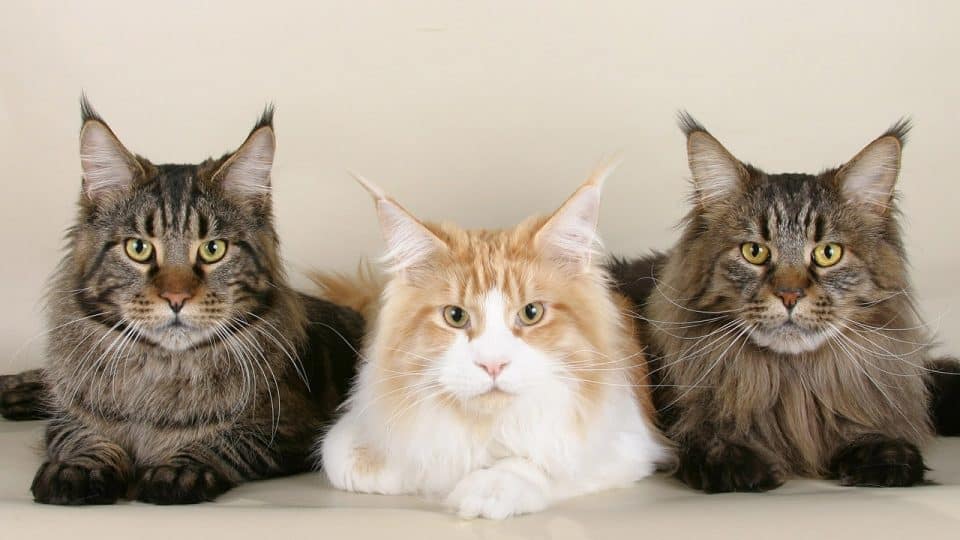You should know that numerous veterinarians from across the globe can see many instances of painful condition that affects horse’s feet or laminitis. It is one of the most alarming problems, but it is preventable.
One of the most common reasons for laminitis is overfeeding which can be controlled, to ensure that this will not become the cause of the condition.
It is vital to learn more about laminitis in horses as well as treatments,, signs, and causes, which will help you minimize the risks.
Let us start from the beginning.
Table of Contents
What is Laminitis?

It is short-term, intermittent, or constant disruption of blood flow to insensitive and sensitive laminae. These structures are within a food next to a wedge-shaped or coffin bone.
It starts with inflammation that interferes with the bone/wall bond and weakens the laminae. In problematic cases, hoof wall and bone can separate, which means they can rotate and penetrate the sole.
Laminitis is a problem that can affect a single or all feet, but in most cases, it is common among front ones.
Most owners use the terms such as founder or laminitis for the same condition. However, laminitis is a symptom that features an initial attack, inflammation, and pain, while the founder is a long-term issue that affects the coffin bone.
The Most Common Causes

Although it is mysterious to determine the mechanisms for damaging feet, particular events can lead to this problem. Keep in mind it happens in feet due to underlying issues a horse has in other parts of the body.
The causes can vary depending on specific situations, including:
- Sudden consumption of an excessive amount of lush can lead to this problem
- Digestive upsets due to excess number of snacks and food or sudden dietary changes can lead to laminitis
- Specific conditions such as metabolic disturbances and high fever can cause it as well
- The surge of toxins can affect the overall system leading to severe feet pain
- Retained placenta after foaling
- Severe colic issues
- Excessive weight bearing on a single leg after an injury
- A wide array of foot conditions
- High doses of corticosteroids can increase chances of laminitis development
Risk Factors
Some factors can affect the overall system which increases the severity of the condition, such as:
- Obesity and overweight
- Heavy breeds
- Consuming large amounts of carbs
- Unrestricted grain consumption
- Senior horses with other diseases
Signs to Remember
The most common signs of laminitis are:
- Heat in the feet
- Lameness
- Increased digital pulse
- Pain in toes
- Hesitant and reluctant gait
- Stance where the horse is stretching out to relieve pressure on toes, which is a common sign you should consider
If your horse has a chronic problem, you should consider these signs as the most relevant ones:
- Sole bruises
- Abscesses and widened white lines
- Flat feet and dropped soles
- Wide rings in hoof walls
- Dished Hooves that come because of unequal growth
- Cristy’s neck
The Best Ways to Treat Laminitis

As soon as you start treating your horse, the chances are higher it will recover. Everything depends on circumstances, which is why you should consider these factors:
- Treating and diagnosing underlying problems that led to laminitis in the first place
- It would be best if you stopped feeding your horse with grain-based pasture and feeds. Instead, it would help if you talked with the vet to determine the best course of action.
- It would be best to treat it with mineral oils to purge and detox its digestive tract, especially after overeating.
- It is vital to administer fluids to prevent potential dehydration.
- Some antibiotics can fight infections, while anticoagulants will reduce blood pressure while improving circulation, and anti-endotoxins will reduce the toxicity of bacteria.
- Stable it on soft ground such as shavings and sand, which will reduce pressure on its feet throughout the process.
- Drain and open developing abscesses to relieve pressure
- It would be best if you cooperated with the veterinarian to find techniques that will prevent further issues.
A vet can help you determine the best therapy based on your specific horse, such as ice water prevention and dietary changes.
Laminitis Diet
The main reason for laminitis is due to heavy consumption of carbohydrates. Generally, carbs we give to our ponies or horses fall into two groups:
- Structural – They come with high fiber content, which is essential for a regular diet.
- Non-Structural – We are talking about starches and sugars that come with significant levels of calories, such as barleycorn, oats, and lush pasture. These carbs can lead to overload, affecting the feed and creating laminitis, among other things.
The main goal is to implement proper supplements such as L94, which will help you with the process.
We recommend you to check here to learn more about this particular condition.
In the case of laminitis, the best thing you can do is implement low starch feed and take it off pasture until you resolve a problem. If your horse is insulin-resistant and obese, you should avoid giving it high sugar pasture to improve insulin sensitivity.
When you return it to pasture, as beforehand, you must manage carb consumption, you should know that pasture is filled with non-structural carbs during autumn and spring, especially after rainy days.
Therefore, you should restrict the access, which will help you with the process.
Tips for Pasture Feeding
- If you have a breed that comes with a predisposition to this condition, you should restrict grass pastures, especially during autumn and spring.
- During the other seasons, you should limit the amount each day and late at night. That way, you should remove them from pasture in mid-morning.
- Limit the paddock size by strip grazing and fencing a muzzle
- You should avoid night/day during the frost. The main reason for that is that sugars accumulate in the pasture, leading to severe consequences.
Final Word
Another important consideration is to add supplements within the diet to nourish your horse with proper nutrients and minerals, especially during spring and autumn.
That way, you will prevent potential overfeeding and other malnutrition issues due to dietary restrictions.
At the same time, you can find a wide array of supplements available in brick-and-mortar and online stores. Still, you should consult with the vet before you make up your mind.








